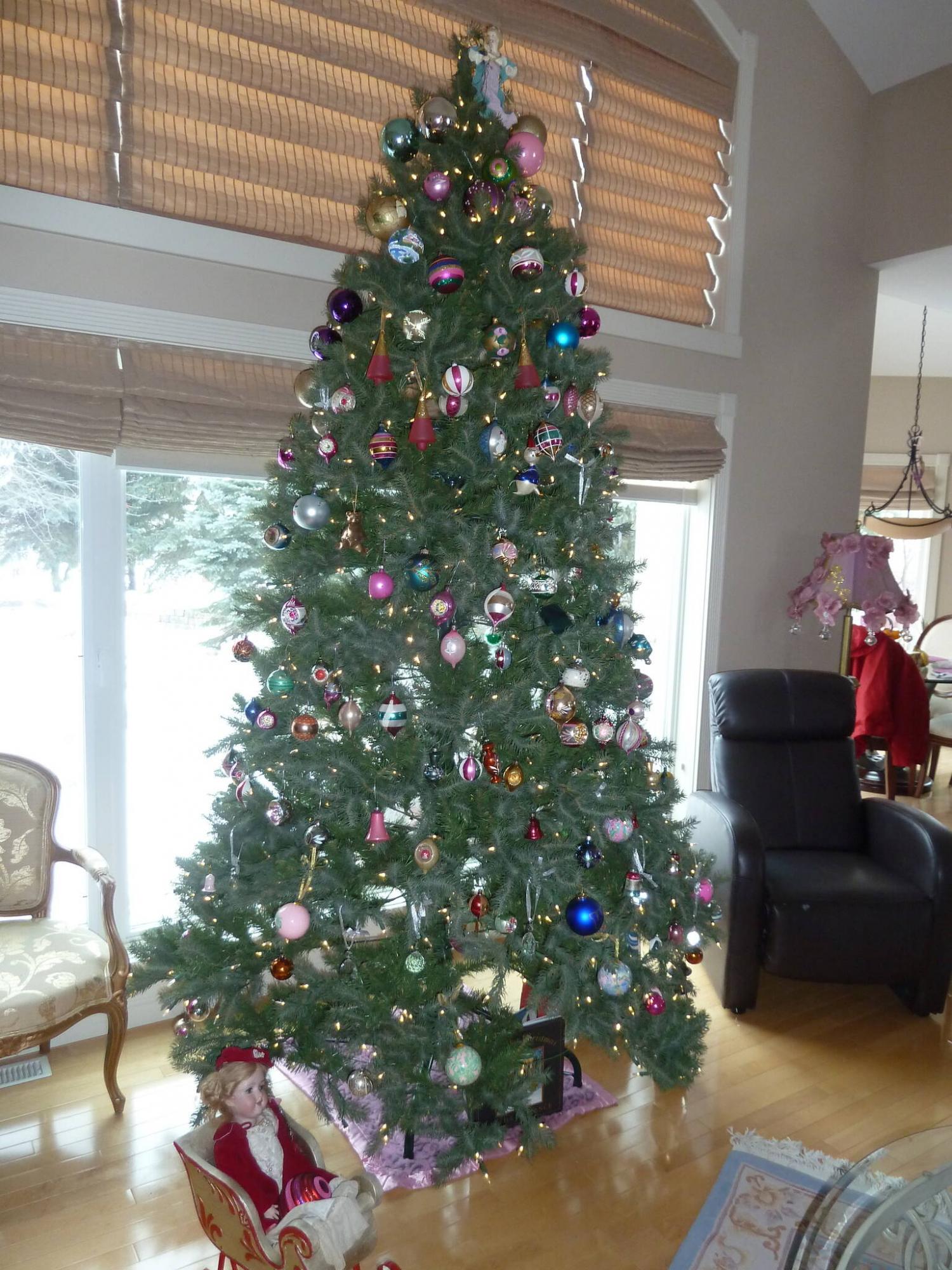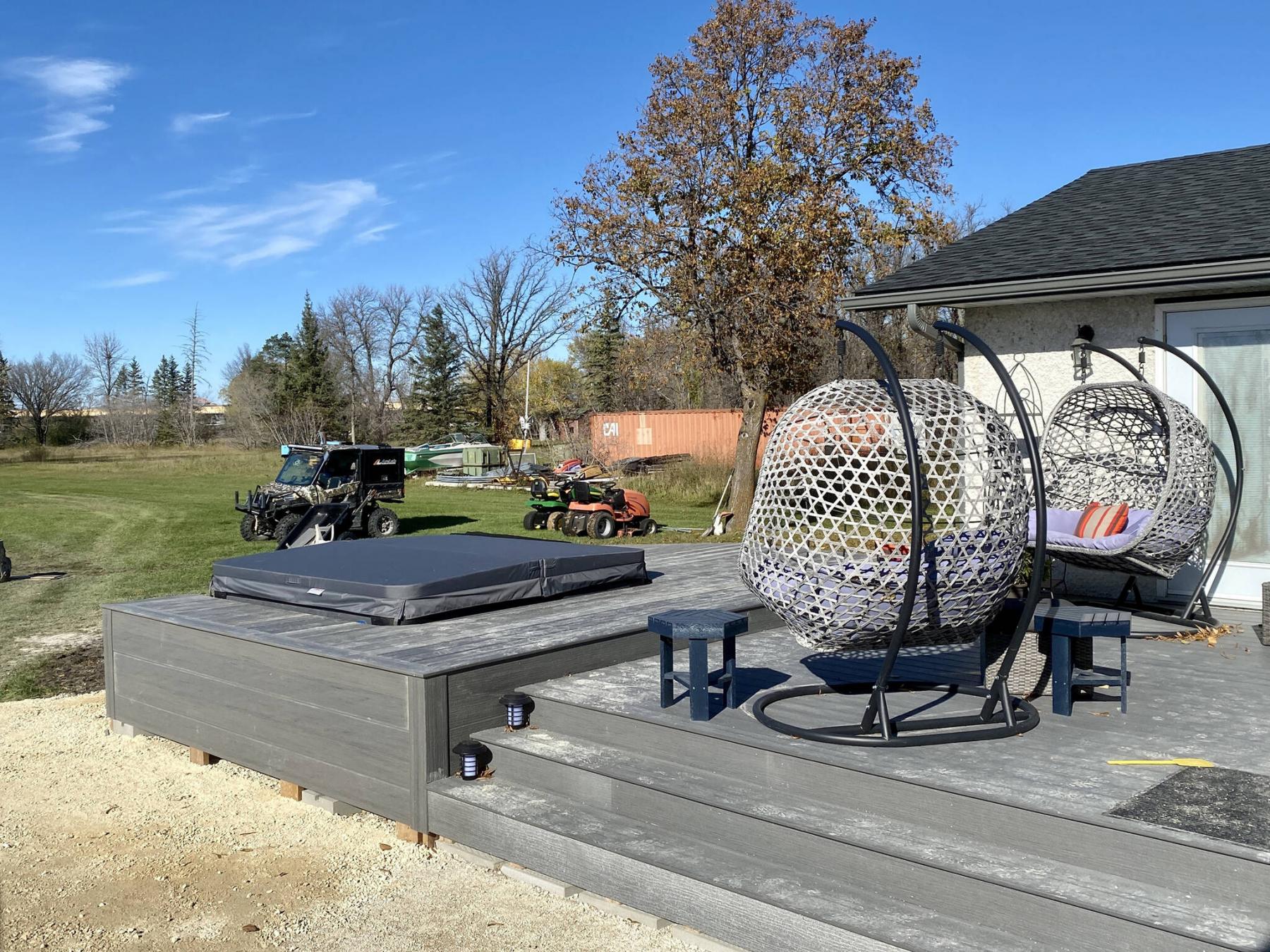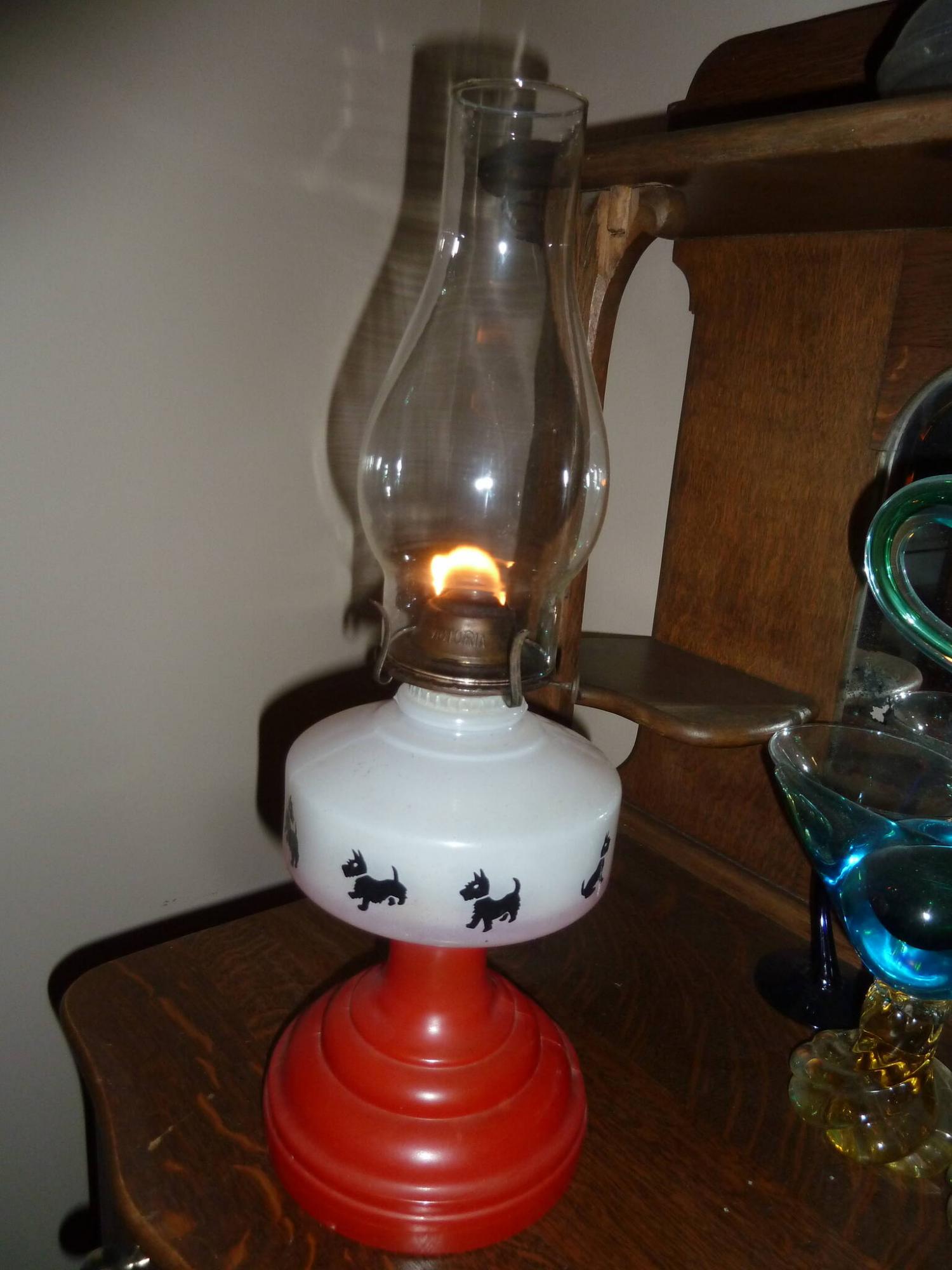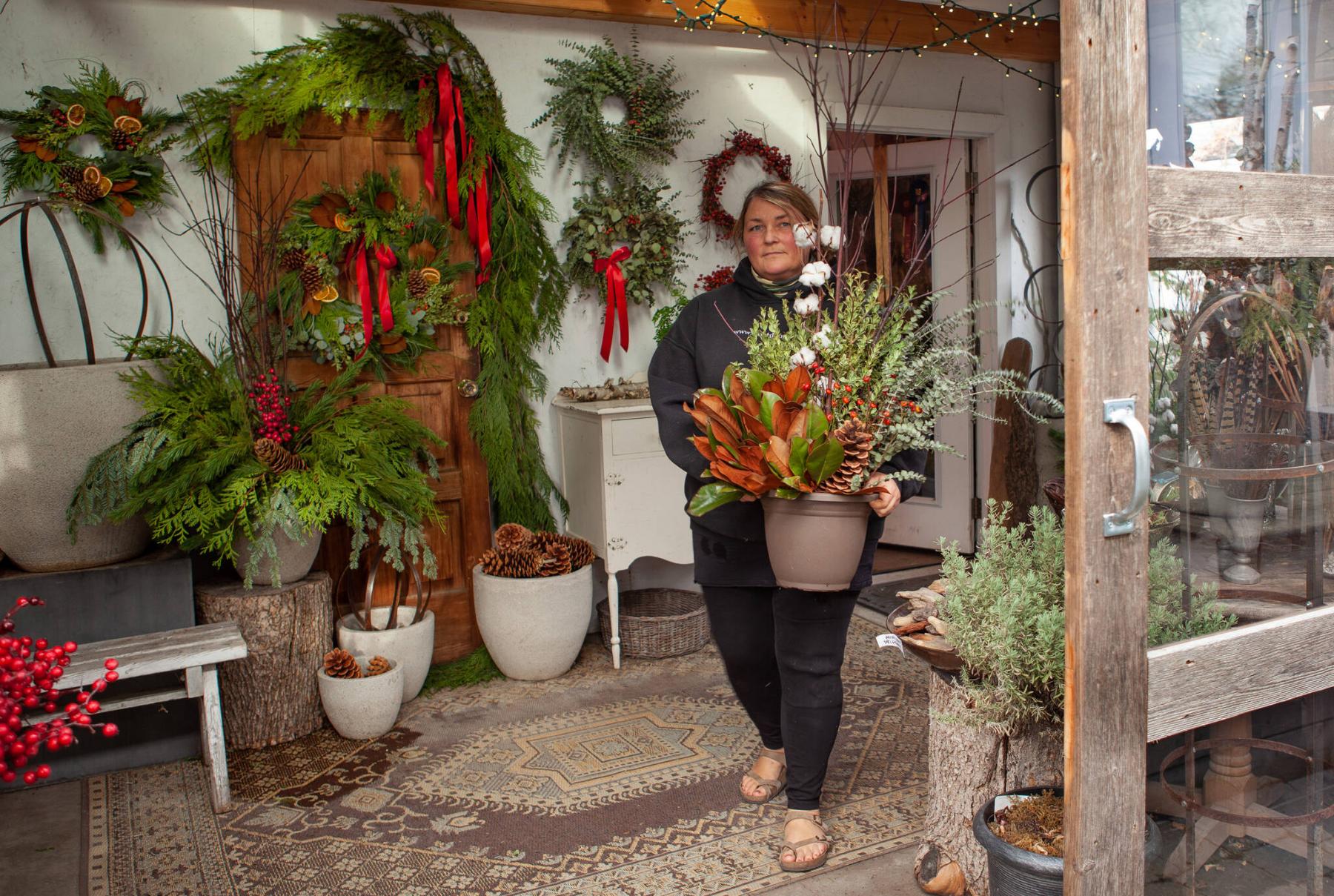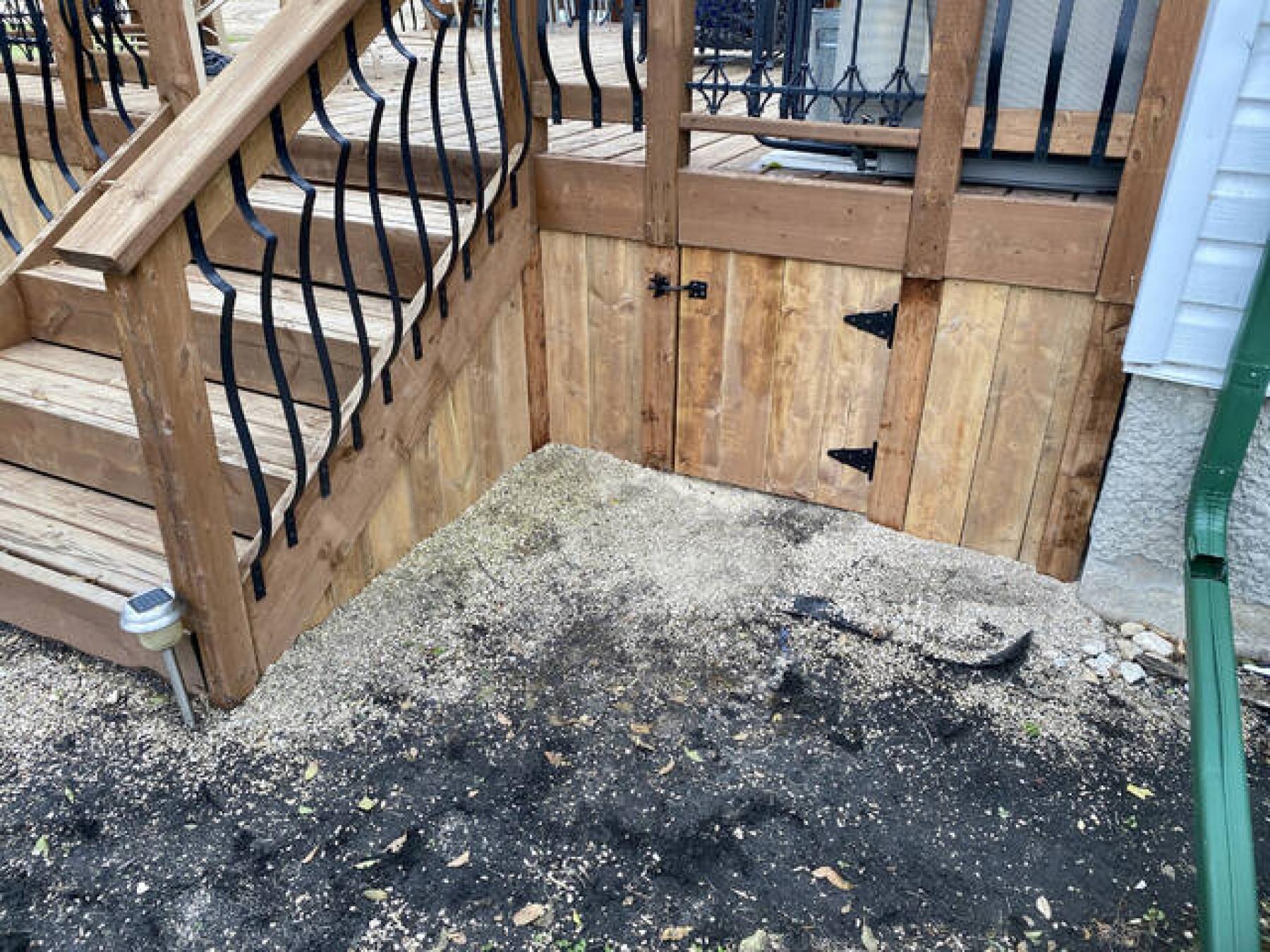Renovation & Design
Renovation & Design
YES: Peanut butter and a hair dryer clean up glue mess
Question: I have laminate floors and when the felt floor protectors on chairs etc. fall off, they leave a sticky residue on the floor. I have tried Goo Gone, dish soap with a microfibre cloth, even scraping with the scraper I use on my ceramic top stove and nothing gets it off. Any help you can provide would be greatly appreciated. Thank you, Pat
Answer: Using a hair dryer, heat the area to loosen the glue. Next smear the area with smooth peanut butter and then lift the adhesive off the floor with the help of a plastic putty knife so that the floor does not become scratched.
Feedback from the heart
Re: Watermarks on Wood
I read your tips about removing watermarks on wood furniture, and they really work. Here is another suggestion: Heat the watermark using a hairdryer on the high setting. Hold the hairdryer in place, and watch the mark disappear! Cathy
Re: Smelly ice cubes
Here is a tip for getting the smell out of ice cube trays. The solution that works for me is to wash the ice cube trays in the dishwasher after every use. I also use filtered water i.e., Brita Filter. Distilled water makes flat-tasting ice cubes. There’s nothing like stinky ice cubes to ruin a good drink of water or anything else! Linda
Share your discoveries
Brighten silverware by rubbing it with oatmeal. — Serena
I use a rubber glove to clean pet fur off furniture. Wiping my gloved hand along the furniture makes the fur collect into a ball. Then I gather the fur and compost it. — Jason
My best kitchen secret: to prolong the life of a jug of milk, add a quarter teaspoon baking soda to the jug. Shake it, the milk lasts several days longer. — Chef Tony
I found the best way to sear steak is to dry the meat with a paper towel. Next, I rub the steak with cornstarch and salt to season. Place the meat in the freezer for 30 minutes before grilling. — Chef Tony
Reduce freezer burn. I buy a bucket of ice cream once every summer. Since I live alone it lasts me for months. To prevent freezer burn, I remove the lid and lay a piece of plastic on top of the ice cream to prevent freezer burn, and then I replace the lid. — Q
Another way to reduce freezer burn: purchase a roast; leave the roast in the plastic wrap and wrap it one more time in aluminum foil. — Q
The beauty of herbs
Basil brings out flavour in tomato dishes.
Bay leaf enhances stews.
Chives for soups and salads.
Cinnamon for baking, desserts and drinks.
Cloves are great in meat and vegetable dishes and soups.
Cumin for an earthy flavour in marinades, rice, chili, and tomato sauce.
Curry adds heat and flavour to rice, chicken, fish, and vegetables.
Dill in sandwiches, salads, and soups.
Ginger gives zest to meat and baking.
Garlic salt for soups, stews, potatoes, and rice.
Marjoram for meat, fish, and vegetable dishes.
Mustard enhances breads, salads, stews, and marinades.
Onion keeps soups and casseroles from tasting bland.
Paprika is the finishing touch to potatoes, chicken, and fish.
Parsley adds to soups or sandwiches.
Rosemary and sage for meat, poultry, or fish.
Note: Every user assumes all risks of injury or damage resulting from the implementation of any suggestions in this column. Test all products on an inconspicuous area first.
Have a great suggestion or tip? Please send an email. Reena Nerbas is a popular motivational presenter for large and small groups; check out her website at reena.ca.
info@reena.ca
Renovation & Design
Telepost adjustment can get your home back on the level
Question: I have read your articles in the Free Press about telepost adjustments and was wondering if the prime directive in this process is to keep the beams straight/level? I live in River Park South in a 1,500 square-foot bungalow with a partially developed basement, that was done using a floating wall system. It was built in 1990 and I am the original owner. I have noticed, over the years, that the perimeter foundation seems to have settled as the beams are arched and higher in the center of the basement. We have some doors that are jamming upstairs and minor cracking. I have made some very small adjustments to lower the posts, but it doesn’t seem to have made much if any difference! Any thoughts on this? Thanks, Grant S.
Answer: Straightening, rather than levelling the main beam in a home, by carefully adjusting teleposts, should be the focus of proper remediation. Minimizing the unevenness or bumps in the beam over the individual columns will help prevent sticking doors and wall and ceiling cracks above.
Because of the recent, persistent dry weather we are experiencing in our area, inquiries like yours have been constant. Some reprieve came after a couple of rainy spells in the late summer and early fall. But, seeing the expanding visibility of our river banks in the last couple of weeks reminds me that the severe lack of precipitation is continuing. While the limited rainfall has restored the colour to the parched lawns, it appears that the moisture has not penetrated deep enough into our expansive clay soil to stop settlement of many homes. Due to this, adjustments of teleposts is a very common recommendation of mine to help prevent the escalation of wall and ceiling cracking, and other movement-related issues in our homes.
Because most homes that are not built on deep concrete piers, commonly known as piles, will settle at various times, the columns supporting the main beams in the floor structure are adjustable. Due to the extra dry soil, which has shrunk visibly, even older homes that have been stable for decades are once again sinking. You are correct that most of this movement will be around the perimeter of the home, due to the weight of the foundation, exterior walls, and roof. That area is quite reliant on environmental factors for its stability, while the footings under the middle of the house remain largely unaffected by the weather. So, the downward movement of the perimeter foundation is often in contrast with the lack of movement under the main beam in the middle of the home. This will often create bumps in the beam, directly over the footings and teleposts, and warp the beam, itself. The manifestation of this in the home is normally cracking in the walls and ceilings and/or floor and interior door movement.
You appear to have hit the nail right on the head with your description of the main objective for the type of maintenance required to partially correct this situation. Because the house has settled, often in one direction, the perimeter of the floor will no longer be level. One side of your home is likely higher than the others, and often will slope to one corner. To try and level a main beam which is no longer the same height at both ends is not practical. So, the "prime directive", as you eloquently describe it, is to attempt to straighten the beam. This may be possible by simply lowering the individual teleposts by varying amounts, depending on the severity of the settlement. As you have observed, the most visible movement is often seen near the centre of the floor, which will require the most telepost adjustments.
The adjustments are typically done with a large wrench slid over the flattened portion of the threaded rod on top of the metal post. This may have to be hit with a large hammer for the initial couple of rotations, but then become easier as the initial stress is relieved. As you have observed, small adjustments will have little visible effects, and multiple adjustments may be required. You should continue to do these slowly, no more than a half-rotation at a time and no less than a week or two apart. Adjusting the posts more quickly may cause more dramatic floor and wall movement, and can lead to larger and more severe cracking. Gradually lowering the posts will slowly allow the beam and floor joists to return closer to their original position, while taking the stress off the walls and doorways above.
Measuring the current position of the floor perimeter, and the main beam, is the most critical and often difficult part of the process. Unless you have a single main beam, visible in its entirety and at both ends, this may require specialized equipment and professional assessment. If you can see the majority of the underside of the beam, and it is visibly unobstructed, a simple laser level may be used for this purpose. It can be installed at one end, slightly below the beam, and used as a straight line to determine the amount of upward movement currently seen at each telepost. These measurements can be used to guide the amount of adjustment needed at each interval, which can be further evaluated as the beam is slowly straightened over the following weeks or months.
Attempting to return the main beam, or beams, in your home to its original position, by adjusting your teleposts, should only focus on its straightness. Significant lowering of the high areas above these metal columns may require multiple adjustments, but will help minimize future cracking and floor movement in the house, above.
Ari Marantz is the owner of Trained Eye Home Inspection Ltd. and a Registered Home Inspector (RHI)(cahpi.ca). Questions can be emailed to the address below. Ari can be reached at 204-291-5358 or check out his website at trainedeye.ca.
trainedeye@iname.com
Renovation & Design
Put an end to that slippery shower
Question: We moved into a new home two years ago. Please advise me on how to clean my shower tile floor without making it slippery. My husband and I are in our 70s. Thank you very much. -Terri
Answer: Into a spray bottle combine 2-cups white vinegar and 1-tablespoon of Dawn dish soap. Use the steam from a hot shower to your advantage by cleaning the shower floor shortly after use. Choose a non-scratching abrasive pad (this is key to making the job easier), spray the floor with a liberal amount of the solution. Scrub with the pad and then rinse with water. For badly stained shower floors, consider using Iron Out occasionally. Use vinegar and dish soap for regular cleaning.
Question: I have an Aida cloth, counted thread cross-stitch picture I had been doing. Other things came along, and it’s been 10 or 12 years since I’ve worked on it. I took it out of the pillowcase, it’s been stored in, and found there are four or five small yellowish spots on it, no more than 1/2 cm across. It has been on a wooden frame all this time, and the top edge of the fabric, where the fabric wound around the wooden dowel of the frame, has a yellowed stain on it as well. I assume the part that was touching the wood has absorbed something from the wood, varnish oil perhaps. The spots weren’t visible when I put it away but must have discolored over the years while it sat wrapped in its pillowcase, in the closet. Any thoughts, advice or help you can give me will be most appreciated! Thanks so much! -Brenda
Answer: If the stains were caused by varnish, they are likely permanent. If the stains are caused by rust (or other), gently scrub with Dawn dish soap and water, rinse. If the stain remains, pour a half teaspoon of 3% hydrogen peroxide and half teaspoon household ammonia onto the stain. Wrap the cloth in plastic and leave for 12 hours. Remove and blot with water. Repeat until the stain is gone. Another option is soaking the stain with white vinegar. Dab until the stain is gone.
Question: My family loves raspberries, they are healthy and delicious. Is it important to wash raspberries before eating them? -Neha
Answer: Raspberries are one of life’s special gifts to us! They are high in Vitamin C and A, iron, potassium, calcium, folic acid and ellagic acid. They contain no fat, cholesterol, or sodium and if that isn’t enough, they are high in fiber. While some people oppose the practice of washing raspberry because they are such delicate little creatures, most experts agree that giving raspberries a water rinse just prior to consumption is a great idea.
Extra Tip: If you are planning to freeze raspberries; rinse them with cold water and pat dry. Place them on a cookie sheet and put them in the freezer. Once frozen, transfer the berries to a freezable container and store them in the freezer. Great for ice cream toppings, jam, or smoothies.
Helping the Planet: Here’s a tip from my relatives whose summers, down under, are blistering hot; minimizing oven-use is an imperative. Don’t pre-heat your oven: Put cookies in (middle and bottom shelves) at the same time as you turn on your oven (350 degrees). Regular cook time: 12-15 minutes; in heating oven 13 minutes. Imagine how much energy could be saved worldwide if ovens weren’t pre-heated. Cheers -Rowena
I am a huge fan of Norwex and often use microfibre cloths because I love their products so much. It is my goal to make an effort to use less chemicals and make a difference on our earth by using environmentally friendly products. — TJ
Note: Every user assumes all risks of injury or damage resulting from the implementation of any suggestions in this column. Test all products on an inconspicuous area first.
Have a great suggestion or tip? Please send an email at: info@reena.ca. Reena Nerbas is a popular motivational presenter for large and small groups; check out her website: reena.ca.


